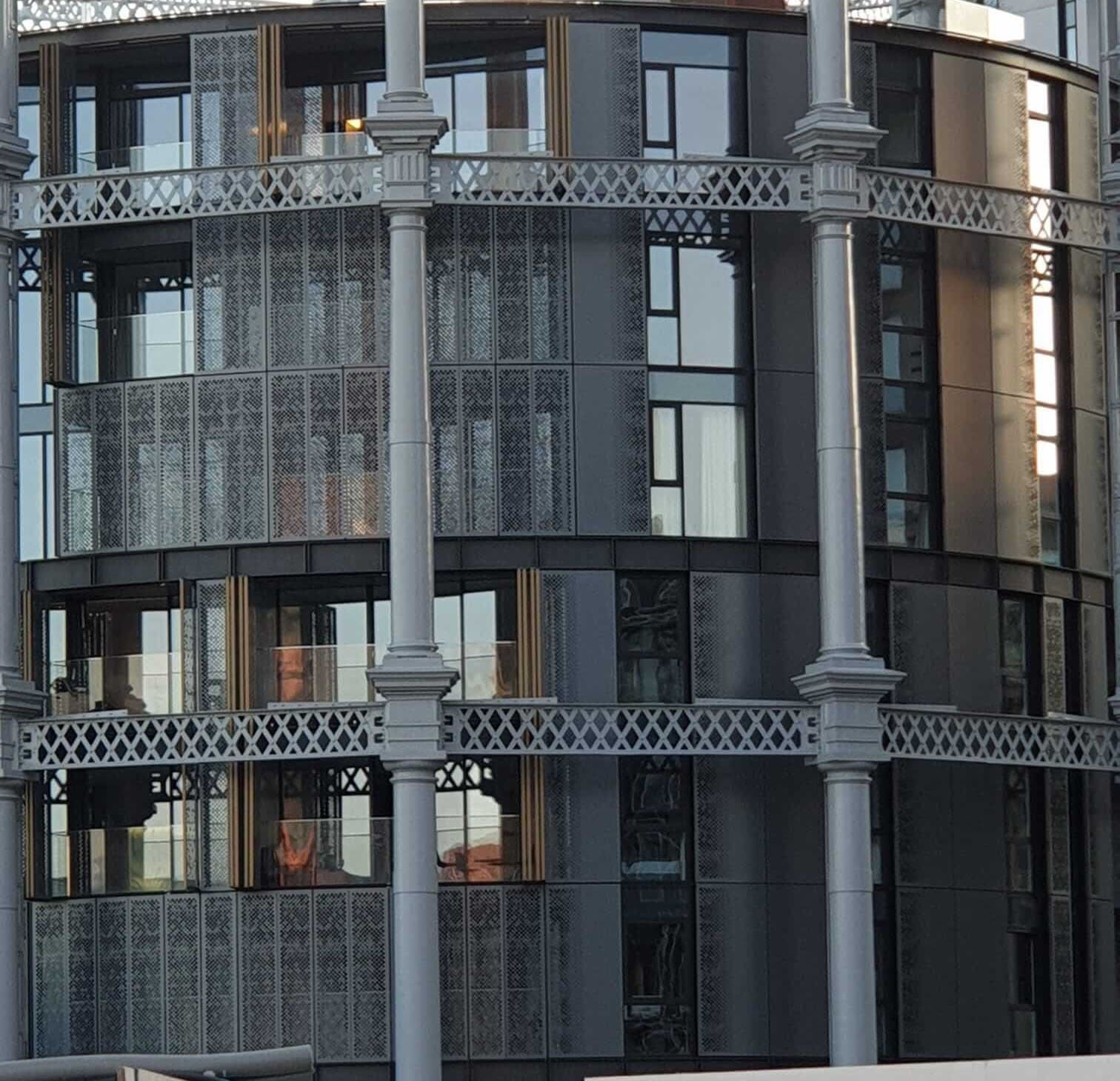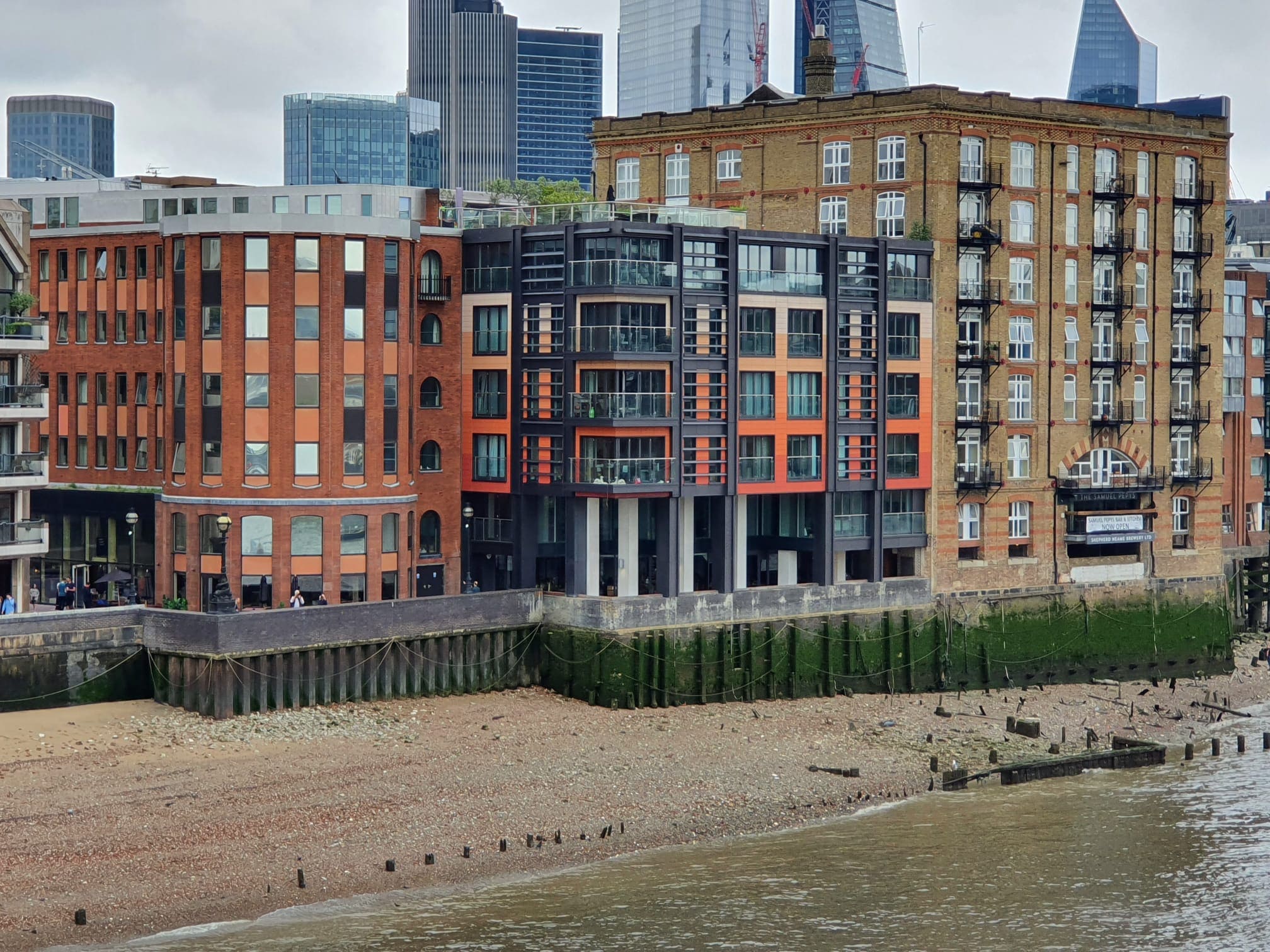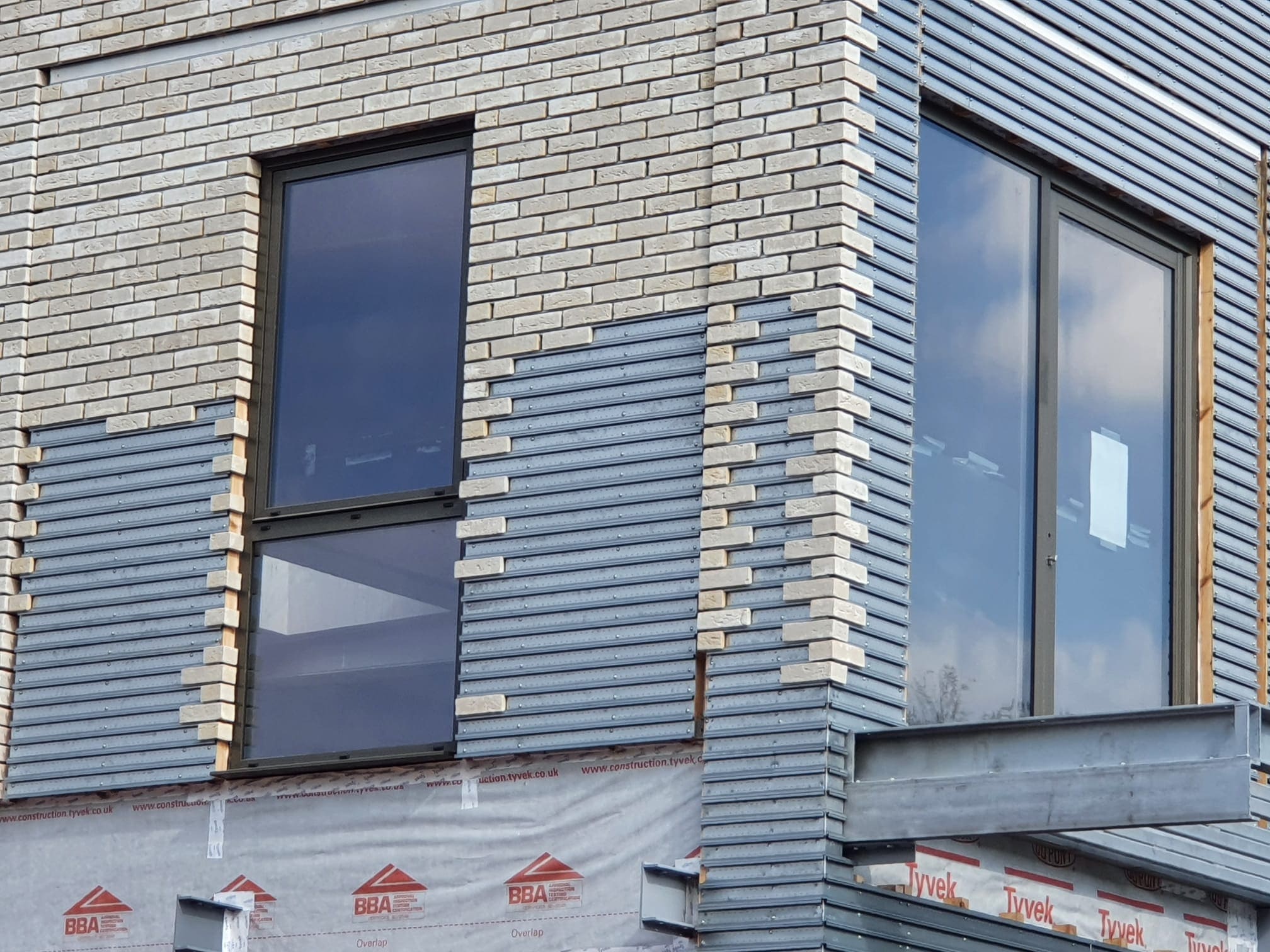23/10/2012
by: Mary-Anne Bowring

Who is responsible for pollarding trees in residential blocks?
The term pollard, is used to describe the cutting and pruning to control the growth of a tree. People that live in residential blocks may be unsure of who is responsible for pollarding trees so www.leaseholdersupport.co.uk discusses the issues. The purpose of pollarding is to restrict the growth of a tree by reducing its crown (branches and leaves) to limit growth to protect nearby buildings. Tree roots can damage the foundation of properties causing structural problems. This occurs as water extraction from perhaps the soil to one side of foundation as opposed to equal extraction to both sides can undermine foundations. Tree roots can also damage underground drainage pipes and when a drainage pipe becomes damaged, saturation of soil near a building would occur and this could also cause damage to a building.
Pollarding should only be carried out by experienced professionals who are trained and insured to carry out work at heights. Depending on the size and type of tree, pollarding is usually carried out by: Using ladders, a cherry-picker or by an operative who is harnessed and secured to a safe fixing point. Who carries out pollarding? When it comes to communal areas of residential blocks, residents may be unaware of whose responsibility it is to carry out the pollarding of trees. Freeholders and Management companies have a duty to ensure that they maintain trees within their land to prevent damage to buildings, roadways and the public. Failure to carry out pollarding, in the event of damage to a building, could give rise to insurance companies making claims against a Freeholder or Management Company to cover some of the repair costs they underwrite to the owner of a building which is suffering damage.
The burden of proof in such a claim would lie with the insurance company. In order to prove a particular tree was causing damage to a building, a soil sample would need to be taken. The sample would then be tested for tree roots and the species identified in order to confirm which tree they came from. What precautions do we need to take before instructing pollarding works? If the tree is near a pedestrian highway the area would need to be temporarily fenced off with appropriate signage and safety fencing. This is usually the responsibility of the tree surgery company. Best practice would also be for one man from the tree surgery company to remain at ground level looking out for pedestrians and warning them accordingly. If the proposed tree work is close to a roadway car owners & residents need to be given appropriate notice to move their cars, on a private roadway this would normally be the Local Authority Highways Department but on a private roadway this would be the responsibility of the Freeholder/Management Company. It is now a requirement that the person employing works that could create a health & safety risk, ensures that the company in question have an adequate method statement and safety policy before commencing works.
Some trees are protected by a Tree Preservation Order which prevents any work being carried out to the tree without the Local Authority first gaining planning permission to permit the works. The existence of any Tree Preservation Order should therefore be checked before instructing works. Who is responsible for pollarding trees in a residential block? Is just one of the subjects featured on leaseholdersupport.co.uk. Members can download 130 FREE fact sheets to help them deal with common issues affecting residential flats, and gain access to online tools and step by step guides to make managing your own block easier. For more information visit: www.leaseholdersupport.co.uk
 1326
1326





Keep up to date
(Weekly, fortnightly or monthly)
To find out more what we do with your data, please read our Privacy Policy

 0
0











